Potosí´s story is tragic. That´s what it says in the guidebooks for Bolivia. Mostly, though, that assessment is correct. Potosí is located at the southern part of the Altiplano at about 15,000 ft above sea level, making it purportedly the highest city in the world. It´s frigidly cold at night, its steep hills knock the breath out of you as you walk up the streets, a layer of dust from car exhaust and dirt roads seems to seep into the cracks of everything turning the city a dry and hazy beige. Tucked deep into the Andes, peaks jut out of the landscape as if they had just broken out from the earth below, the largest of which stands stoic and broad-shouldered, casting its shadow over the houses of Potosí gently sloping upwards towards its base. Unlike other mountain towns, the center of Potosí is not the valley, but halfway up the slope to Cerro Rico, as if the mountain had a magnetic lure pulling its people up close enough to be within its reach.
Local legend believes that Potosí´s history began when an Inca named Diego Huallpa went searching for an escaped llama in the mountains and stopped to start a fire. It supposedly increased so much in heat that the earth beneath it began to melt and molten silver began to seep out of the ground. When the Spanish learned of the wealth potentially buried beneath the Cerro in the year 1545, they immediately took action by founding Potosí at its base and beginning the excavation of the mountain. Thus began the period of nearly 500 years of exploitation of the mountain and its surrounding populations. In 1572, the Ley de la Mita was established by the Spanish Viceroy to provide a steady stream of labor into the intense and dangerous working conditions of the mine. The law obliged all indigenous men over the age of 18 to spend several years as slaves to the silver production for the Spanish treasury. If they lived through their period of servitude, they could return to their village, but the intense physical labor and toxic working conditions–inhaling fine mineral dust, prolonged contact with mercury and other deadly chemicals, periodic tunnel cave-ins and carbon monoxide contamination made it more likely that the miteros would die in the mine before returning home.
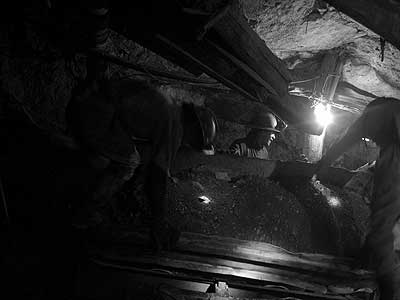
Because of the decimation of local populations as a result of the mita, the Spanish still desperate to maintain their output of silver began to force African slaves into the mines. It´s estimated that over the course of 3 centuries, 8 million miteros were killed in the mines. By the early 19th century, the output of the mine began to significantly decline, and compiled with looting during the wars for independence, Potosí´s boom began its stark decline.
As the mines silver deposits depleted, other minerals such as tin, zinc, lead and cadmium became the main mineral output of the mine. In the 1930´s, in reaction to the few “tin barons” that maintained control of the mines and exploited the workers, a few cooperatives of workers fought for autonomy and formed their own cooperatives.
Today the mine is owned by
COMIBOL, a nationalized mining company, working in partnership with
Franklin Mining Inc. (a U.S. based company) with hopes of modernizing the technology used to extract minerals from inside the mine. Tunnels are rented to the cooperatives for a 6% piece of their total output.
As of today, however, the labor of the 30 cooperatives working the mines is still intensely manual and the miners are still using techniques that essentially haven’t changed in the past 500 years. These techniques depend entirely on the use of special chiseling tools, dynamite, human-powered rail carts and pulley systems to get the raw material out of the mine.
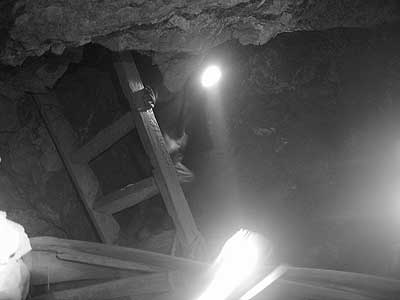
Entering the mine is like entering a big dusty sock, except the softly curving walls are rocks crusted in sulfur, the narrow path undulates in height, sometimes opening into giant caverns, sometimes forcing you to crawl on hands and knees, shimmying under wooden supports holding up unstable pockets of dislodged rocks, making wonder if the planks might not collapse upon you. As you follow the tunnel down, the air gradually gets warmer in the lower levels, reaching over 115 degrees Fahrenheit. The dust that hangs pervasively in the air gets thicker as you get closer to the pneumatically powered machinery that has made some of the work in the mine more efficient as it simultaneously shortens the lives of the workers using it who don’t have funds for proper protective gear and end up inhaling vast quantities of asbestos and arsenic containing dust. There´s a soft hissing sound throughout the mines emitted by the lines carrying pressurized air for the machinery and electricity for a few light bulbs. Overall, the mines don’t seem at all like they’ve been modernized by partnerships with foreign investors. Instead, it´s like entering a time machine, but one that only takes you into a special subterranean world of monsters, serpents and sulfuric fumes.
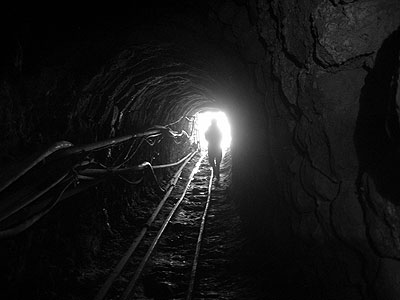
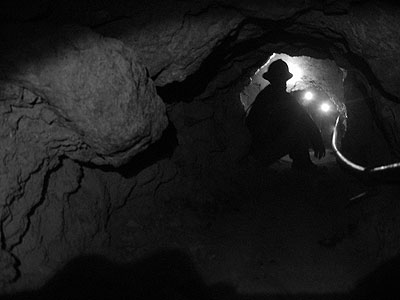
After the raw material makes it into the back of a dump truck and is chemically analyzed and a value is assigned, the cooperatives sell it to local processing plants which also operate using archaic technologies that discharge the sulfur based metals into Potosí´s rivers. Then, the processed metals are sold to international companies and the majority of the metals are exported to foreign economies where they are used in products like watches, digital cameras and cell phones. And here the cycle of exploitation continues because the cooperatives, designed to take the power away from the few barons responsible for exploiting their workers, have just moved down a few notches in the system.
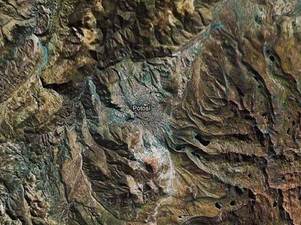





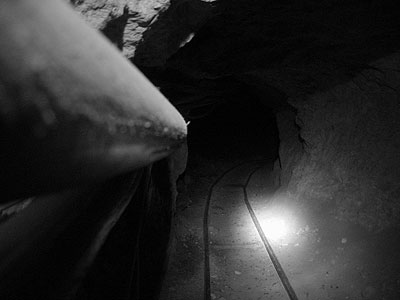



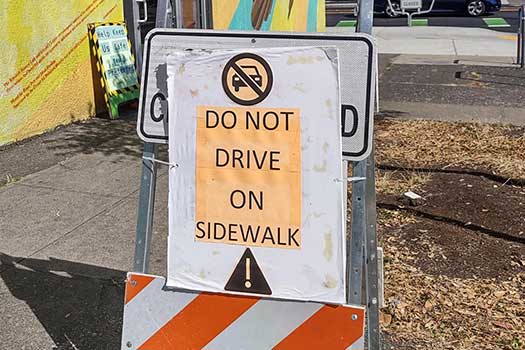

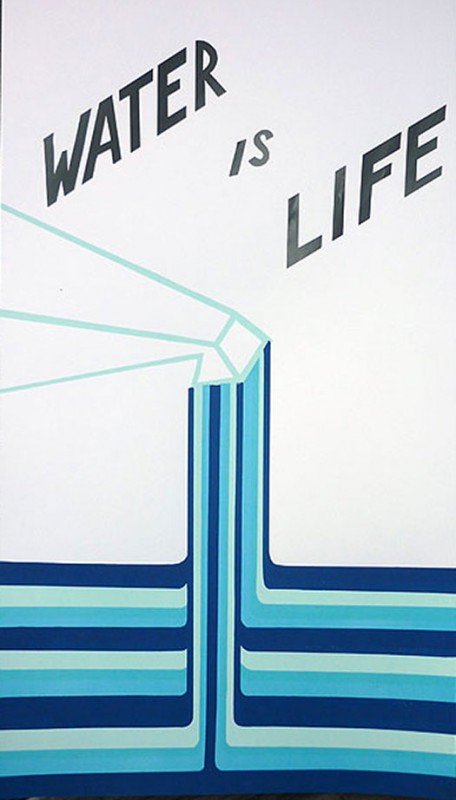


I’m sure these companies would readily claim that conditions have improved over the years for workers. There is always an explanation. I wonder if the lead in my computer was derived from this mountain.
For a really great book on Potosi check out ‘I am Rich Potosi’ by photojournalist Stephen Ferry. He is a committed photographer and his documentary work in South America is well worth exploring.